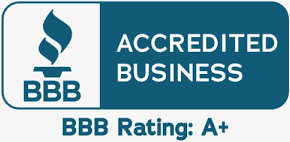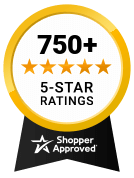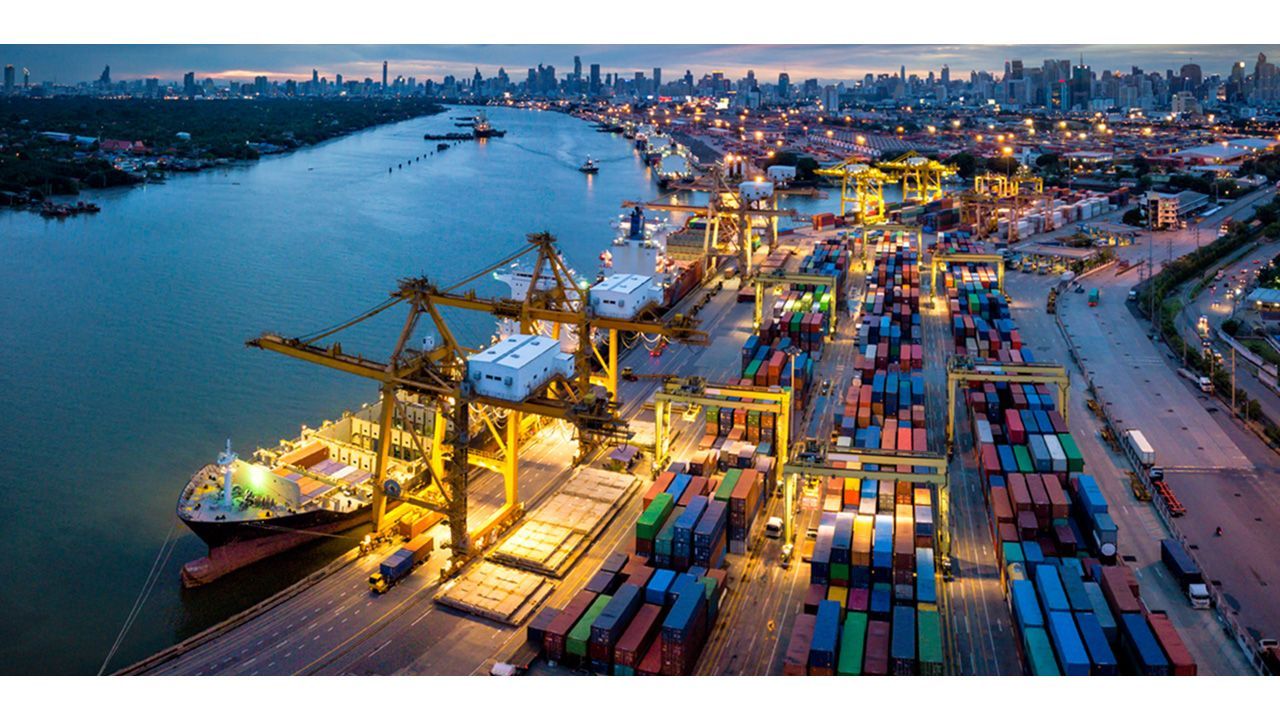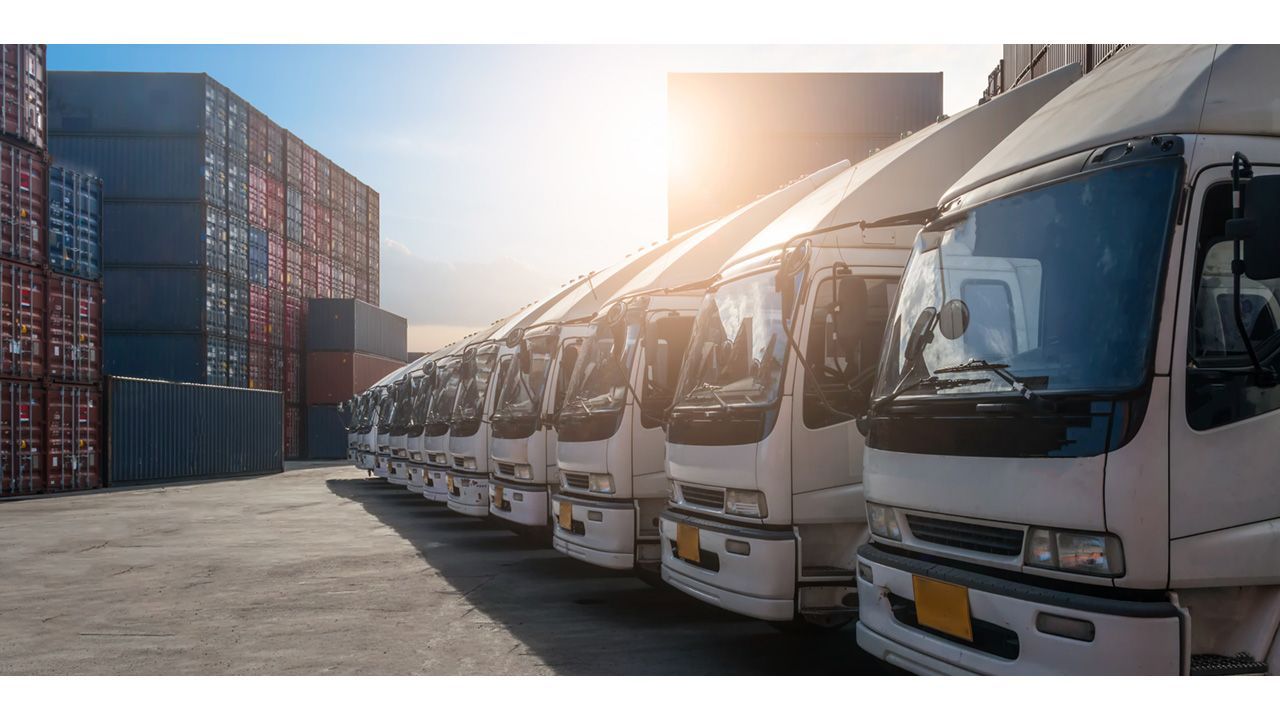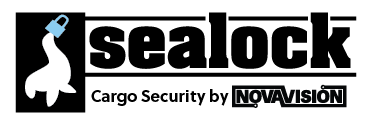Logistics is the backbone of many industries and the global economy, and ensuring the security of goods and products in transit is crucial for the smooth functioning of supply chains. According to Grand View Research, in 2022, the global secure logistics market was valued at $78.60 billion, and from 2023 to 2030, it is expected to grow by 8.9%. Security breaches in logistics can have serious consequences, including theft, tampering, damage to goods, and disruptions to the supply chain. These incidents can lead to financial losses, decreased customer confidence, and damage to a company's reputation. In order to prevent security breaches and protect the integrity of the supply chain, it's essential to have robust security measures in place. By prioritizing security in logistics, companies can minimize the risk of security breaches, ensure the safety and quality of their goods, and maintain the trust of their stakeholders.
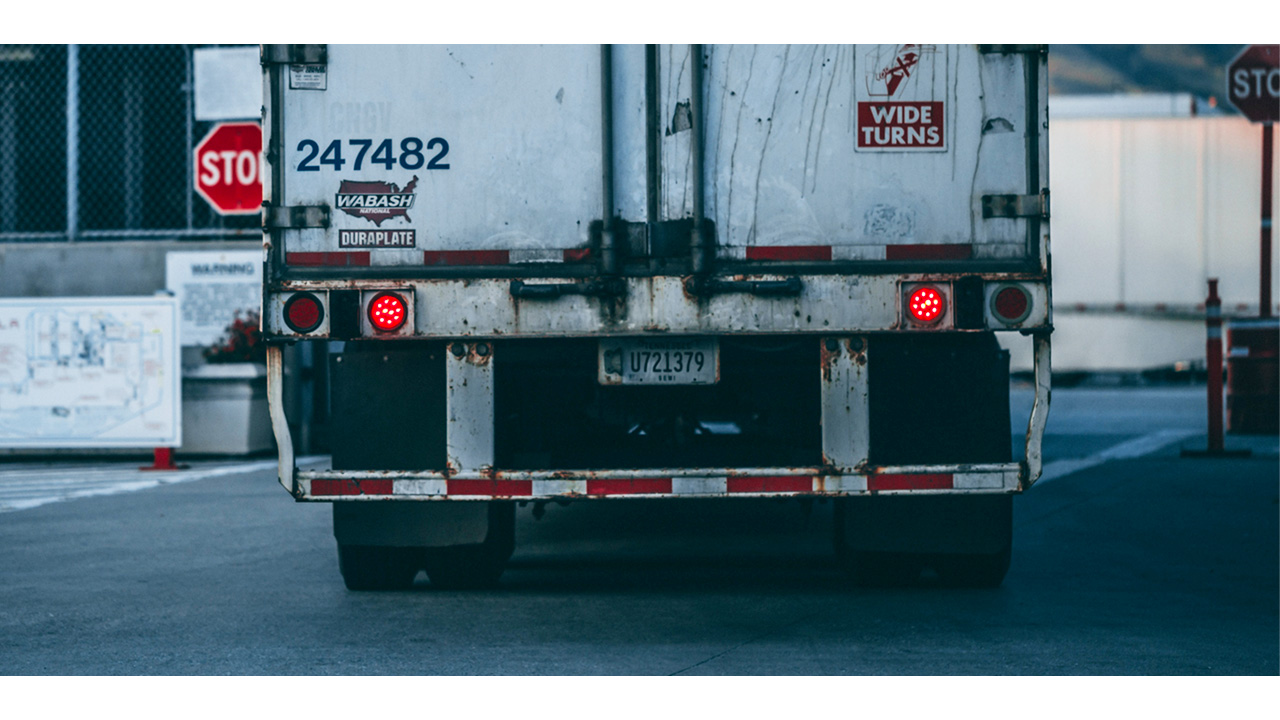 The purpose of this case study of is to provide a detailed examination of how a real life company has incorporated security seals into their logistics operations to protect their products and ensure the security of their supply chain. This case study will explore the challenges faced by a logistics company, the solutions they have implemented, and the results of these solutions. To maintain confidentiality, the company in this case study will not be referred to by name and instead will be referred to as Company X.
The purpose of this case study of is to provide a detailed examination of how a real life company has incorporated security seals into their logistics operations to protect their products and ensure the security of their supply chain. This case study will explore the challenges faced by a logistics company, the solutions they have implemented, and the results of these solutions. To maintain confidentiality, the company in this case study will not be referred to by name and instead will be referred to as Company X.
As a security seal manufacturer, NovaVision is very familiar with the security challenges logistics companies face. By focusing on a real world example, this case study will provide valuable insights into the practical application of security seals and their impact on logistics operations.
Problem
The logistics industry is highly susceptible to security breaches due to the sheer volume and diversity of packages that are shipped daily. Company X faced several challenges that threatened the security of its shipments and the satisfaction of its customers. These challenges included the lack of standardized security implements, traceability, and a wide array of logistics scenarios and varying customer needs.
Company X did not use standardized seals, which left them vulnerable to a wide range of security breaches. This lack of standardization made it difficult for the company to effectively track and manage their security seals, leading to inefficiencies and increased risk. This may result in errors which can delay shipments, increase processing time, and ultimately impact the company's bottom line.
Without proper documentation and procurement processes, it became challenging to ensure that the seals were legitimate and tamper-evident. This created opportunities for criminals to compromise the seals, steal goods, or introduce counterfeit products into the supply chain, potentially leading to significant financial losses and reputational damage for Company X. The absence of standardized seals could also result in non-compliance with relevant regulations, exposing the company to legal and financial liabilities. The lack of standardization made it difficult to demonstrate due diligence in ensuring that shipments were secure, leading to fines or other penalties.
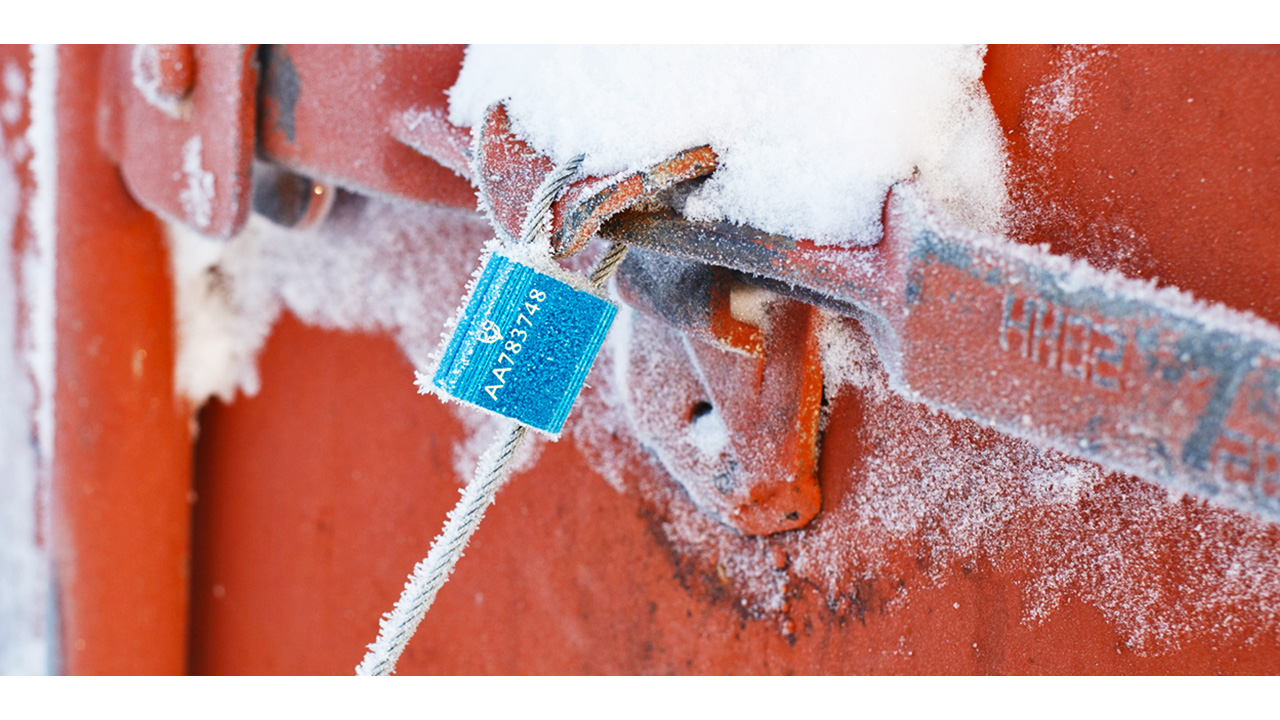
Traceability was another significant security issue that Company X had to address. Without seal standardization, criminals could easily intercept, tamper with, or divert packages. Criminals could easily break and replace seals and manipulate packages, leading to theft, damage, or the introduction of counterfeit products into the supply chain. This created delays that negatively impacted customer satisfaction, and resulted in significant financial losses for the company. Without proper traceability, it became challenging to identify the location of packages and respond quickly to security breaches. This resulted in extended delays and dissatisfied customers, further impacting the company's reputation.
The diverse needs of Company X's customers also presented a significant challenge. The company shipped packages internationally, domestically, and via cross-dock facilities. The company served customers with high security needs, which required a tailored approach to ensure the secure and timely delivery of their packages. This complexity added to the difficulty of maintaining security standards and increased the risk of security breaches.
Solution
Ignoring these security issues would continue to result in significant financial losses, legal liabilities, and reputational damage. To address the challenges that Company X was facing with their shipment security the following solutions were implemented:
Custom System for Traceability:
A controlled system was created for ordering, inventorying and tracking security seals. This solution optimized the ordering process, limited access to the seals, and ultimately addressed traceability challenges Company X was facing.
Trusted Security Supplier:
Company X started sourcing security seals from a reputable and experienced supplier, carefully vetted to ensure they met the highest industry standards. This solution enabled the company to consolidate their purchases and obtain more favorable volume discounts, while also giving them confidence that they were acquiring high security seals. By partnering with a trusted supplier, Company X guaranteed that their seals consistently met the high security standards their customers required. Through the use of high quality tamper-evident seals, Company X was able to meet those security needs.
Custom Seals for Higher Security:
Lastly, Company X switched from stock to custom mechanical seals and security products. Custom products offer a level of security that cannot be easily replicated by criminals and may include specific colors, branding, and numbering as dictated by the client.
By implementing these solutions, Company X was able to improve their security process and ensure that their products were protected during transportation and storage. The custom system for traceability optimized the ordering process, while the high quality security vendor and custom seals helped to improve the overall security. As a result, Company X was able to operate more efficiently and with greater peace of mind, knowing that their products were secure.
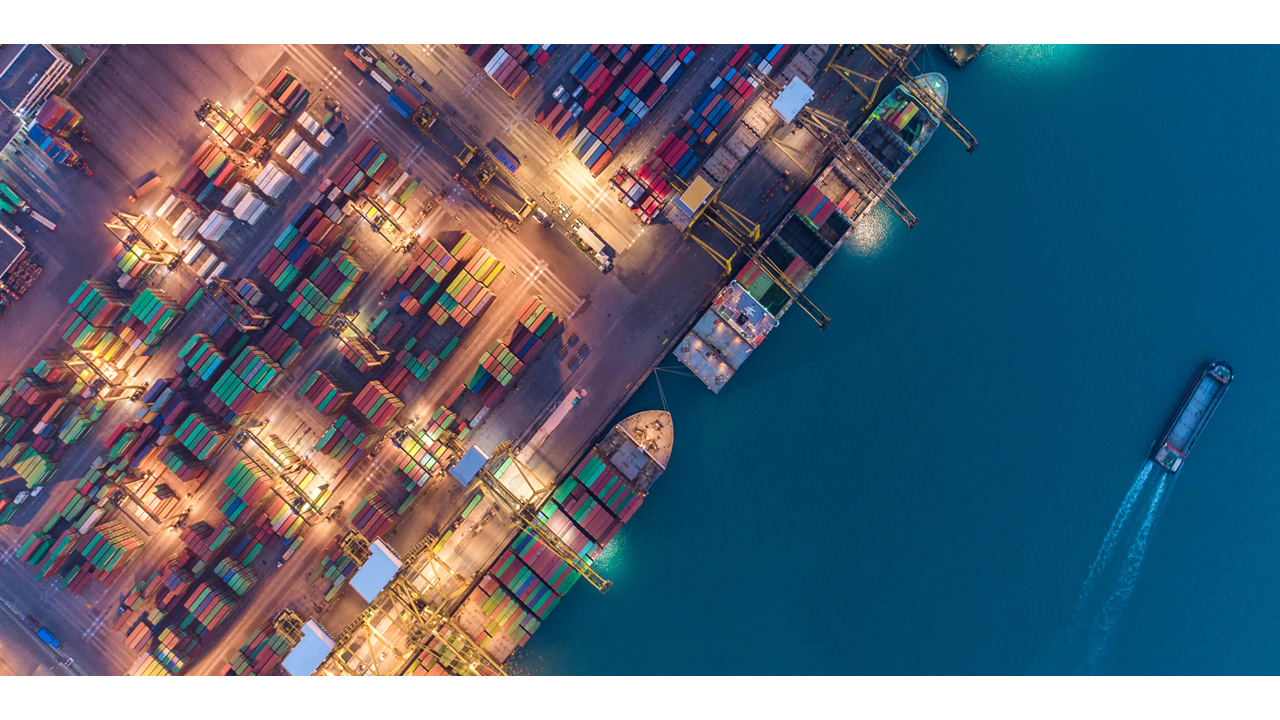
Conclusion
In today's highly competitive business environment, it is critical for companies to maintain a secure and efficient supply chain to safeguard their operations and protect their reputation. Company X's success in implementing a customized security seal process serves as a testament to the value of investing in strategic solutions to meet complex business challenges.
Through their approach, Company X has achieved tangible benefits, including improved control over shipments, reduced incidents, and increased customer loyalty. By focusing on improved security and traceability, the company has been able to maintain a competitive edge and protect their business from potential threats. By adopting best practices and leveraging technology to optimize their operations, companies can improve their bottom line, increase customer satisfaction, and mitigate risk.
Company X's success story is a testament to the power of strategic thinking in driving business success. By embracing change and investing in customized solutions, companies can create a more secure and efficient supply chain, enabling them to thrive in a dynamic and challenging marketplace.
NovaVision offers a wide variety of high quality, tamper-evident security products. We can provide you with a custom solution that meets your needs. Visit novavisioninc.com or call (800) 336-6636 to learn more about our products and speak to one of our security experts.


